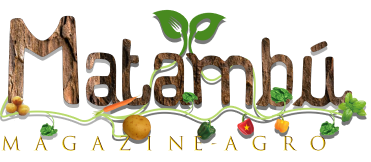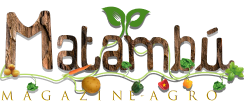[ad_1]
* How we made it in Africa attended the Forum PPP convention which occurred exterior Brazzaville, Republic of Congo from 30-31 May 2022. The occasion aimed to focus on public-private partnership funding alternatives in Congo.
Despite the Republic of Congo’s vital farming potential, its industrial agriculture business stays underdeveloped. In a latest interview with How we made it in Africa, Michel Djombo – founding father of Congolese palm oil firm GTC and managing director of fertiliser producer CA Agri – highlighted three alternatives he believes maintain potential for potential traders and entrepreneurs.
1. Mango
The first crop for which Djombo sees sturdy potential is mango. He notes that in colonial occasions, Congo – with its excessive rainfall and beneficial soil – was considered one of Africa’s high mango producers; it’s the supply of lots of the mango cultivars at present cultivated in Senegal and Mali. Compared to a rustic like South Africa, Congo can also be in nearer proximity to the European export market, which suggests decrease freight prices.
2. Maize
Djombo estimates Congo produces solely 10,000 tonnes of maize yearly, in comparison with about 2 million tonnes in neighbouring Cameroon. The overwhelming majority of maize consumed in Congo is imported. He factors to an animal feed manufacturing unit in the port metropolis of Pointe-Noire that alone has capability for 30,000 tonnes of maize. Then there are numerous different industries – together with breweries and hen farms – which have a excessive demand for the commodity. One firm that has tapped into this chance is South African-controlled Todi River Farms which cultivates maize on a industrial scale close to town of Dolisie.
Due to steep freight prices and the final low high quality of imported maize, Djombo believes Congolese industries are ready to pay a comparatively excessive value for locally-produced maize, which might make it a viable enterprise even for smaller industrial producers with much less scale.
3. Palm oil
Palm oil is used all through central and west Africa for cooking and it is usually an essential ingredient in the worldwide processed meals and sweetness merchandise industries. Djombo says it’s not crucial for intensive market analysis to gauge the potential for the native manufacturing of palm oil: Congo’s official customs knowledge reveals the big volumes of oil at present introduced in from as far afield as Malaysia. The costs at which the commodity is imported can be discovered in the customs numbers. And if potential traders wish to know the yields that oil palm bushes in Congo can ship, they will simply go to a number of the small- and medium-enterprises already rising in the crop. According to Djombo, the Congolese market can take in a couple of hundred thousand tonnes of palm oil yearly.
One of the the reason why the native palm oil business is underdeveloped is due to an absence of financing. Djombo says it’s troublesome to acquire medium- to long-term loans for agriculture in Congo. A palm tree usually takes 4 years from planting till it bears fruit, however most companies will wrestle to get a mortgage for greater than two years from a industrial financial institution.
While Asian nations – significantly Malaysia, Indonesia and Thailand – are at present the world’s largest palm oil producers, Djombo emphasised that the Elaeis guineensis plant initially got here from Africa. He relayed an anecdote of an agronomical researcher from Congo who visited an oil palm analysis centre in Asia. At the centre’s nursery he noticed a tree labelled as Sibiti. The man instructed these round him that it was fascinating as a result of there’s additionally a metropolis in Congo referred to as Sibiti. Everyone laughed, pondering he was making a joke. They thought he knew that the seeds from which the plant was grown truly got here from Sibiti many a long time in the past.
Michel Djombo’s contact info
Contact particulars are solely seen to our Monthly/Annual subscribers. Subscribe right here.
Related articles
[ad_2]
Source link










